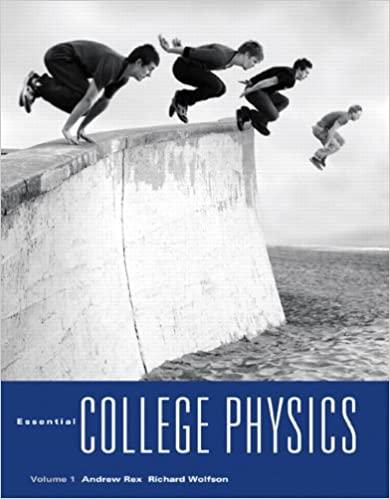Name Chapter 7 Project: Crime Time Beginning the Chapter Project Forensic science is the application of science to law. A forensic scientist investigates evidence that can help place a suspect at the scene of a crime. Each piece of forensic evidence may help build a successful case against a suspect in a court of law. In this project, you will examine how mathematics can be used by forensic scientists to help indict people suspected of criminal actions. Activities Activity 1: Investigating A major crime occurred at approximately 10:15 P.M. Shortly thereafter, a certain make and model car, along with its license plate number, were recorded by a witness who reportedly had seen the car speeding in the vicinity of the crime scene. Police and forensic scientists immediately went to the home of the person to whom the car was registered, where they found the car parked in the driveway. The investigation team noted that it had taken them 30 minutes to travel to the suspect's home from the crime scene. They also noted that the engine of the car was still warm when they arrived at 11:00 P.M. When confronted, the suspect claimed to have been at a friend's house earlier that night and had returned home at about 10:00 P.M. The suspect's friend confirmed the alibi, and reported calling the suspect at home at about 10:00 P.M., and having a conversation with the suspect until about 10:20 P.M. What information can investigators use to help prove or disprove the suspect's alibi? Explain. Activity 2: Writing As police questioned the suspect, the team of forensic scientists began to take temperature measurements of the vehicle's engine coolant, knowing that this information could help determine how long it had been since the engine had been running. In order to determine this time, forensic scientists use Newton's Law of Cooling. This law discusses relationships between the temperature of an object, the ambient temperature (or the temperature of the surrounding environment) and how the temperature of that object changes. More specifically, Newton's Law states that the change in temperature of the object over time varies directly with the difference between the initial temperature of the object and the ambient temperature. Based on this description, write an equation to represent Newton's Law of Cooling using the following variables: Direct variation Let: k - the constant of variation f ( x ) = kx T' - the change in temperature of the object I f (X ) T- the initial temperature of the object A - the ambient temperature WN- ox Tenv







